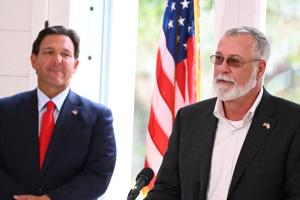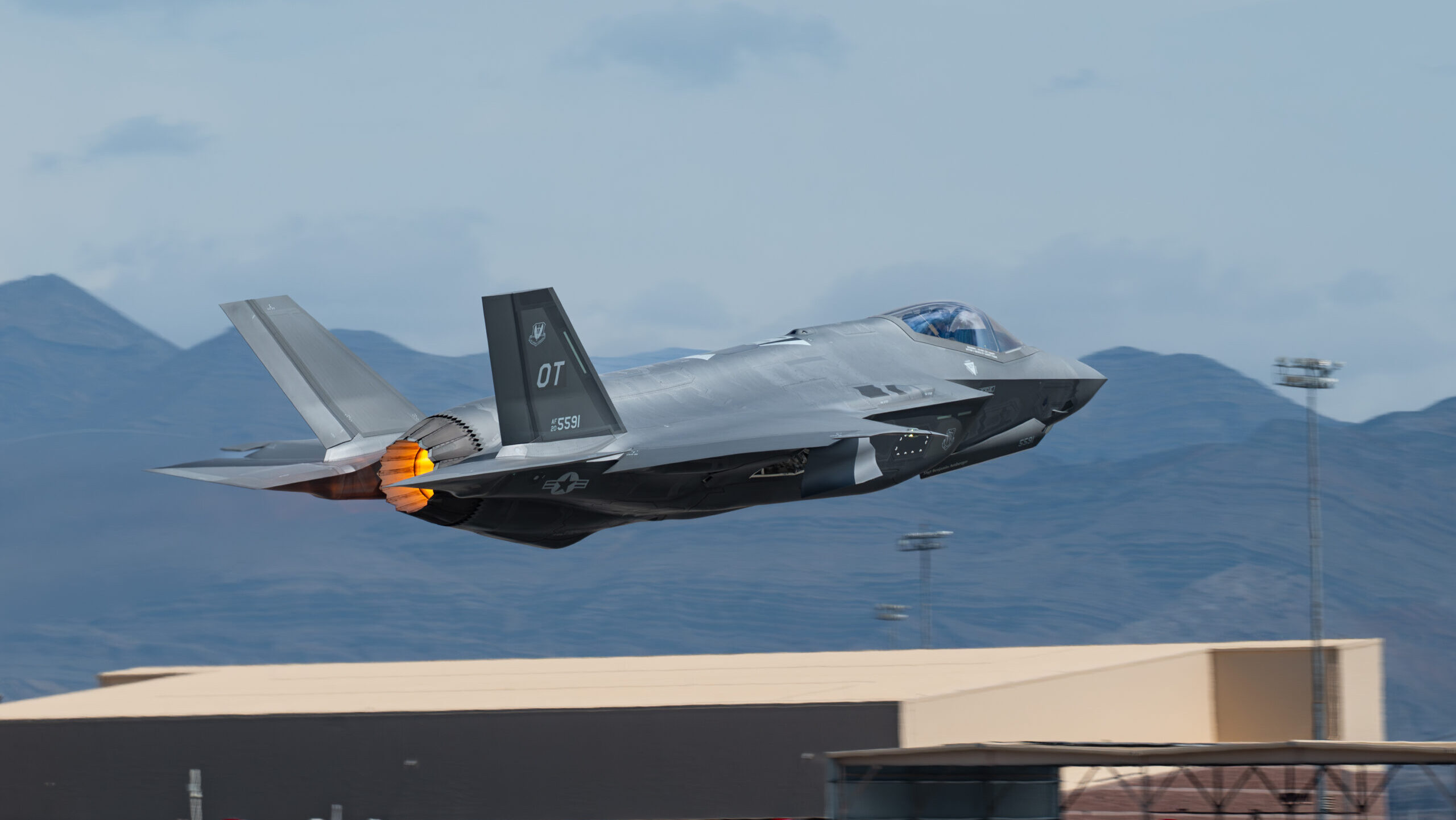Lockheed Martin’s current production rate for the F-35 stealth fighter will remain unchanged, according to Steve Sheehy, the company’s vice president of aeronautics strategy and business development. During a press conference at the Dubai Airshow, Sheehy stated, “At this moment, no” when asked about plans to increase production. He acknowledged that while the company could ramp up output, maintaining a steady production level is crucial for economic stability.
The F-35 has been in high demand globally, with an expanding customer base. On March 15, 2024, President Donald Trump announced in Washington that the United States would approve the sale of these advanced fighters to Saudi Arabia. This development would integrate Riyadh into a community of 20 international operators and place the country in a competitive production queue.
Projected Increases and Production Challenges
The U.S. Air Force recently outlined a projection that anticipates a significant increase in F-35 production, with estimates suggesting an annual output of 100 F-35As by fiscal 2030. To achieve these levels, the Air Force would need to maximize production of both the F-35 and the Boeing F-15EX, a task that requires substantial funding.
Achieving such ambitious production goals involves overcoming challenges within the supply chain. For example, the recent contract for production Lot 19 involved only 40 jets for the Air Force. An official previously expressed skepticism regarding the industry’s capacity to meet these targets. Lockheed has asserted it can produce 156 F-35s annually, primarily F-35As. Sheehy described this figure as a “smart” production target established in collaboration with the Pentagon’s F-35 Joint Program Office, emphasizing the need to avoid “whipsaw supply.”
Sheehy noted that the center fuselage, previously identified as a production bottleneck, is no longer a limitation. He stated, “It’s not just a single issue,” highlighting the importance of maintaining a consistent supply chain for all components.
Customer Relations and Future Prospects
Lockheed Martin faces challenges with some of its F-35 customers, particularly as Canada reassesses its plans due to tensions with the Trump administration. Similarly, Switzerland is reconsidering its acquisition amid a cost dispute. Sheehy emphasized that the company maintains open communication with its clients, addressing concerns regarding capabilities and economic benefits.
In discussions at the Berlin Security Conference, Dennis Goge, Lockheed’s CEO for Europe, commented on Switzerland’s ongoing reevaluation. He refrained from discussing specific pricing disputes but affirmed close cooperation with the U.S. government and Swiss officials. Goge also addressed the potential for a second F-35 final assembly line in Europe, stating that such a decision lies with the U.S. government but noted that current production lines in the U.S., Italy, and Japan are sufficient given existing demand.
As Lockheed Martin navigates these complexities, the company remains focused on ensuring steady production rates while meeting the needs of its growing international clientele.






































































